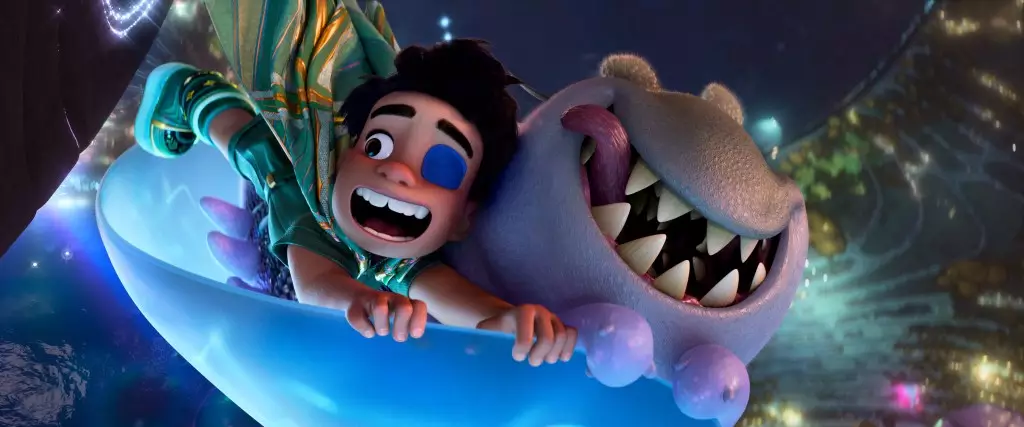The release of Pixar’s latest animated feature, Elio, serves as a wake-up call for the animation industry. The film stumbled significantly at the box office, registering a mere $21 million during its opening weekend—the worst debut for any Pixar film to date. This lackluster performance has prompted further scrutiny of the current landscape of animated cinema, particularly the growing disparity between original properties and sequels. Given that Elio received an 84% approval rating on Rotten Tomatoes, its commercial failure raises broader questions about audience engagement and what drives box office success in today’s marketplace.
The Evolving Landscape of Animated Features
Wall Street’s reaction mirrors the concerns posed by industry analysts, with Doug Creutz of TD Cowan noting that the divide between original animated movies and established franchises is widening. Such a trend suggests a reticence from studios to invest in new intellectual properties (IPs), with a palpable fear that audiences may be less receptive to original stories following the pandemic era. This resistance could severely limit the potential for future creativity within the realm of animation, as studios become increasingly conservative in their investments.
Creutz’s assertion that fewer original animated films will be greenlit points to a hierarchy being established in the film industry, one where only the safe bets—namely sequels—are favored. From a business perspective, this trend is alarming. An absence of successful original IPs stunts growth opportunities for studios, which rely on diverse content to expand their portfolios and maintain relevance in a competitive market.
The Impact on Disney’s Financial Landscape
Consequently, the implications of Elio’s poor performance extend beyond mere box office numbers; they reverberate through Disney’s extensive ecosystem. Disney’s strategic decisions are increasingly influenced by the need to sustain its park and consumer product revenues, which hinge on successful animated properties. With a staggering annual park revenue of $34 billion, the company’s dependence on fresh content to expand attractions becomes clear. Hits like Inside Out 2 and Moana 2 might bring considerable short-term profits, but they fail to cultivate new foundational experiences for theme parks. Such a reliance on derivatives suggests a stagnation that, if carried over time, could undermine Disney’s long-standing dominance in the industry.
Challenging Times Ahead for Animation
The figures speak volumes: since 2022, original animated films from Disney and Universal have averaged $412 million at the box office, which is notably less than the $844 million average for sequels. This stark contrast raises questions about the enduring appeal of original storytelling versus established narratives. As each sequel breaks box office records, the uncertainty surrounding original content becomes not just an industry challenge but a cultural one, reflecting changes in viewer preferences.
The stumble of Elio could be seen as a harbinger of a more significant crisis within the animation industry. As studios shun original ideas in favor of franchises, the future of storytelling in animation hangs in the balance. A re-evaluation of what audiences truly crave is essential to recalibrate the narrative landscape, reviving the spirit of creativity that has historically characterized animated cinema.

